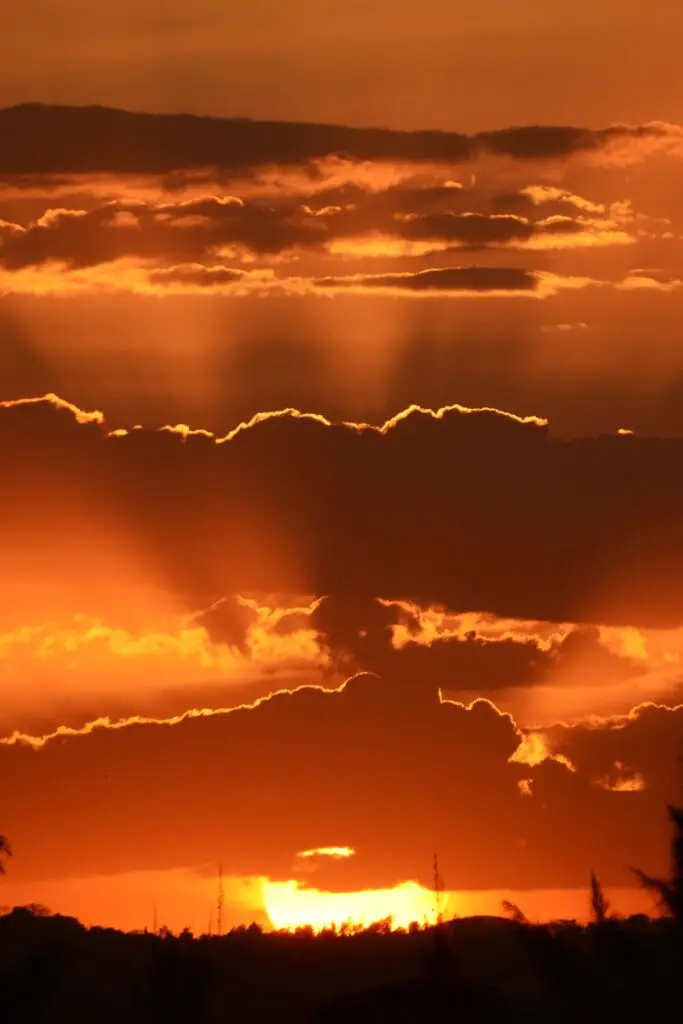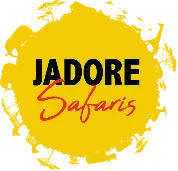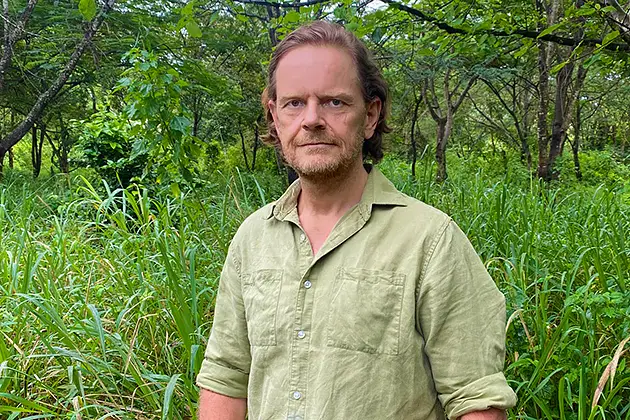Serengeti National Park is not just any place.
The lack of “real” roads in the Serengeti allows wildlife to roam here undisturbed. Here, no paved paths on which giraffes can slip, but dirt roads accessible only to rugged 4×4 vehicles.
A visit to the Serengeti therefore requires careful planning to get the most out of your experience.
This is the domain of the great migration. The annual migration of millions of wildebeest, grant gazelles, thomson’s gazelles, eland, impala and zebra, of which as many as 85% are in the Serengeti, constitutes the largest migration of land animals in the world. It is known as “the greatest show on earth”. This migration is different each year, mainly in response to variations in the weather. The exact timing of wildebeest migration in the Serengeti depends entirely on the precipitation patterns that occur each year.
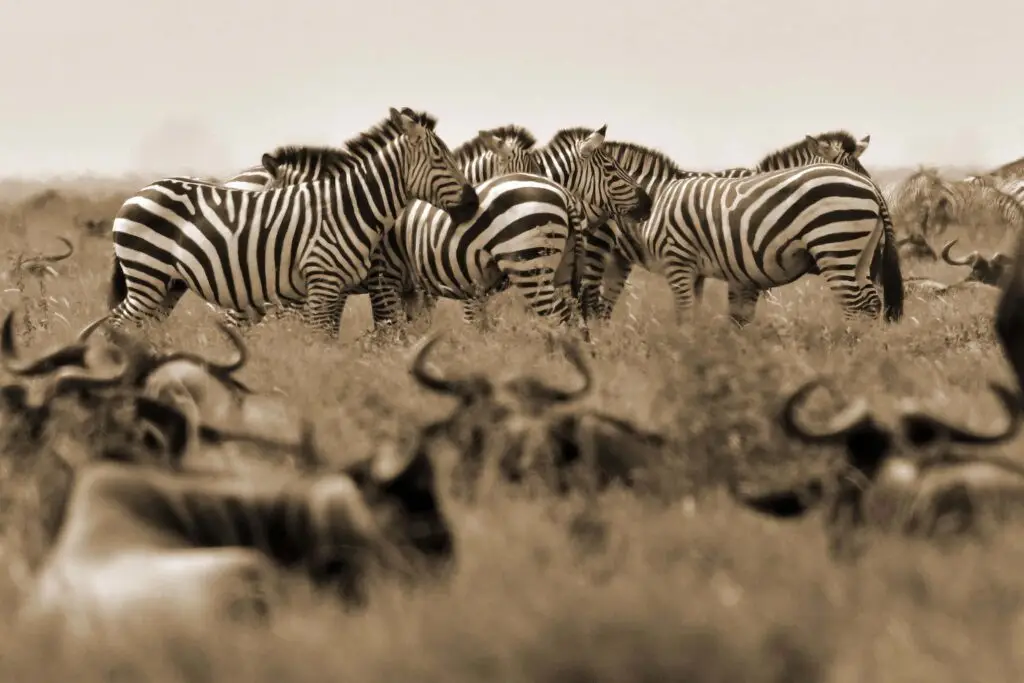
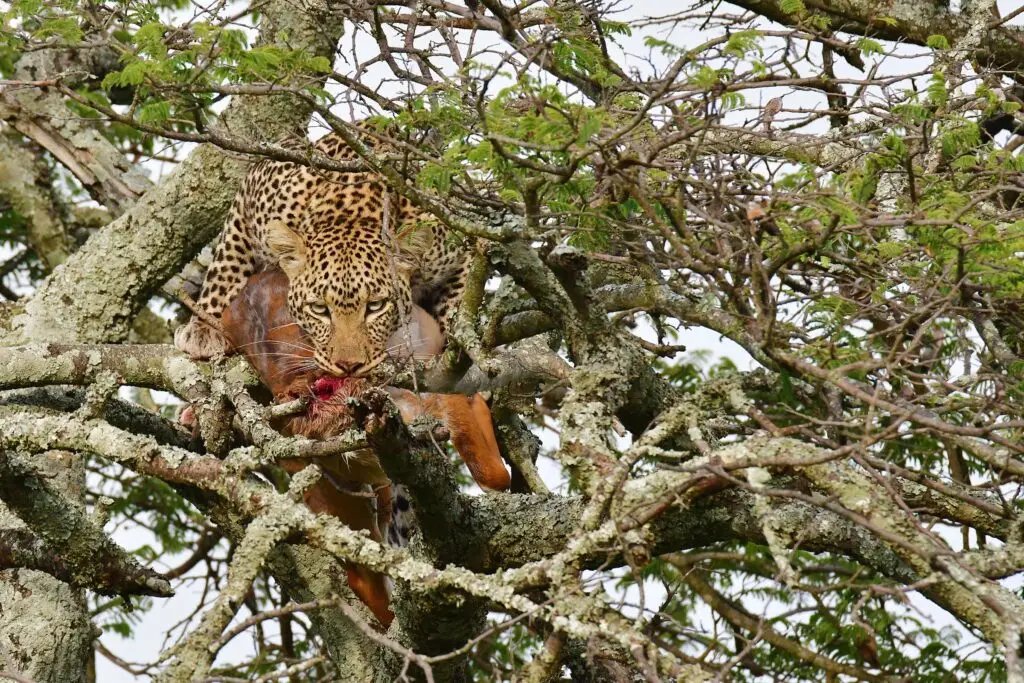
The wildlife here is nothing short of spectacular, with impressively high densities of relaxed leopards, cheetahs and lions.
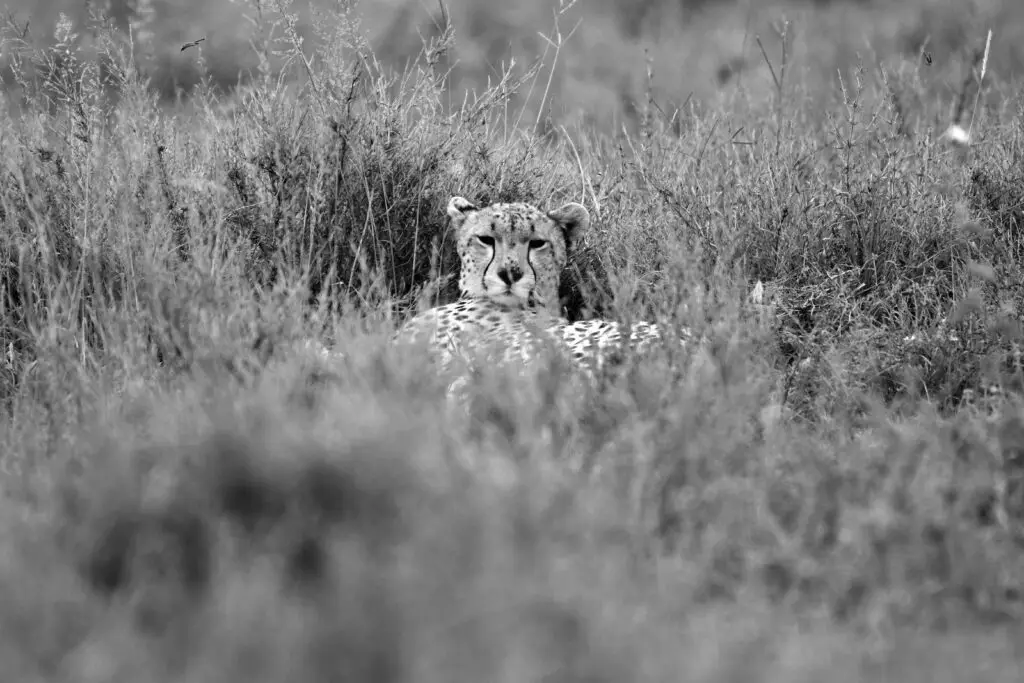
The northern Serengeti extends about 100 km north from Seronera to the Kenyan border. This area is characterized by gently rolling countryside with more trees and bushes, and is further interrupted by small rivers, hills and occasional headlands. As you travel further north, the number of vehicles decreases. Even during the peak migration season, between August and October, you can still enjoy spectacular crossings of the Mara River without the crowds.
The south of Serengeti National Park is covered by vast shortgrass plains that stretch into the north of the Ngorongoro Conservation Area. Further west until almost to Lake Victoria, where it narrows to the Western Corridor.
Planning a safari in this area can be complex.
JADORE SAFARIS is here to guide you in choosing the right camps at the right time of year. That way you will have the best possible experience. Especially since wildebeest migration varies greatly each year. Our safaris include a private guide with years of experience and well-equipped safari vehicles.
